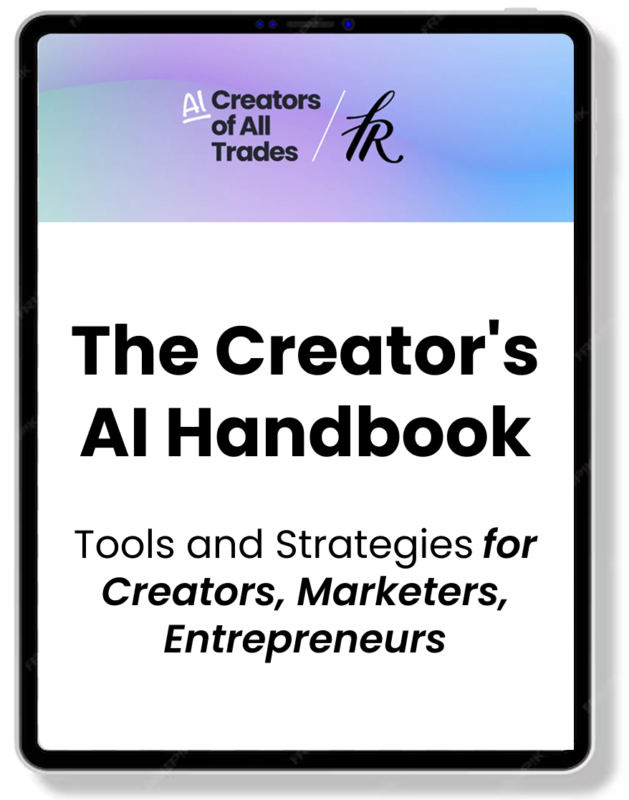If you are not into WordPress I’ll give you some context first: The “classic” editor in WordPress was replaced by something completely new. Project “Gutenberg” brings a “block based” editing experience to WordPress. I took an early version of the beta for a test drive back then (in June 2017).

Right before Christmas Gutenberg was finally released and is now the default editor in WordPress.
Changing a software interface that is used by millions every day for over 10 years, can only trigger negative comments at first. I have started using WordPress in 2005 and the core editor has been improved, but the look and feel, how you write and edit content, always stayed the same.

The whole discussion brought back memories at my time at Microsoft, when classic toolbars and menus were replaced with “ribbons” in Office. The outcry of the community was huge. Users did not understand why a software element that worked for them for years suddenly needs to change. One of the most asked questions back then was how to get back the classic menus and toolbars.

This is also a similarity to the editor change at WordPress. The classic editor plugin, which brings back the old editor in WordPress, is of course extremely popular right now.
It
But either way, a few months from now and users will have adapted. It’s not what Gutenberg is today but what it offers in the future. Projects like Stackable show what’s to come. Instead of themes installing their own visual editor (as Enfold does with Avvia Layout Editor), developers will create solutions based on Gutenberg, and that leads to a more standardized way of creating content in WordPress on the long run (I think..).
Whats my verdict, after using Gutenberg for a few weeks and writing a few blogs here?
- Overall I think it’s ok, there is no “wow” effect to it. It does what it should, but it lacks being innovative in the sense that I discovered things that
surprise mepositively - The drag & drop of blocks does not work
smoothly for me. Could be my browser or my machine, butits not “snappy”. Also, I want a keyboard shortcut to move blocks. - Pasting pictures: Something I use heavily in email (Protonmail), is taking a screenshot and embedding it in an email. This saves many steps, especially if you use screenshots often in your blogs. This works on many sites btw, also on Twitter and Facebook
- To be fast with Gutenberg you have to learn all the shortcuts (i.e. for delete block, add block etc.). That applies basically to any software
You can learn more about the new editing experience on WordPress.org.



